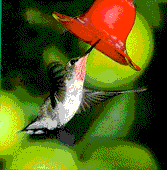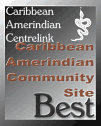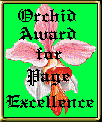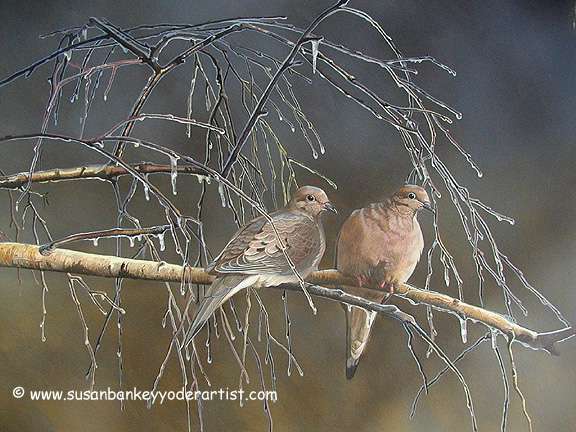

By Beverly Cox & Martin Jacobs

The Miccosukee and Seminole people of Florida were originally part of the Creek Nation, an association of clan villages in what is now Alabama and Georgia. The two groups, who today live in Florida, share many traditions, including good food.
Fried pumpkin bread and Indian burgers (fry bread stuffed with cooked ground beef) are favorite snacks at Seminole and Miccosukee powwows and festivals, as well as with everyday meals. While Indian burgers are popular nation-wide, our friend, Marie Osceola, a descendant of famous Seminole chief Osceola, who travels to Native American gatherings across the country, has only seen pumpkin bread in Florida.
PUMPKIN BREAD
When making pumpkin bread, some traditional cooks still use fresh pumpkin. Debbie Tiger of the Miccosukee Tribe's Information Center recalls that her husband's aunt, Irene Tiger, also made a wonderful old-fashioned version with mashed sweet potatoes. Today, many Seminole and Miccosukee cooks use canned pumpkin and self-rising flour.
Lorraine Flock, Nutrition Services Coordinator for the Miccosukee Tribe of Florida, gave us a tip that comes from the Miccosukee restaurant on the Tamiami Trail. After mixing the dough, refrigerate for about 2 hours, then divide into portions that can be kneaded on a floured board and rolled into 2 1/2- by 8-inch cylinders. Wrap the dough in plastic wrap and refrigerate for up to one day before frying, or it may be frozen. When ready to fry, slice the dough into 4 to 5 equal pieces. Flour hands and flatten each piece into a round about 4 inches in diameter and 1/4- to 1/2-inch thick. If frozen, allow rounds tocome to room temperature before frying.
- 2 cups self-rising flour, plus 1 to 2 cups for kneading
- 2 cups cooked, mashed, fresh pumpkin or 1 16-ounce can pumpkin
- 1 tablespoon warm milk or water
- 3/4 cup brown or white sugar
- Oil or shortening for frying
- Place 2 cups of flour in a large mixing bowl. In 12 another bowl, combine pumpkin, warm milk, and sugar.
Make a well in the flour and pour in pumpkin mixture. Flour hands, and with the fingers and thumbs, gradually mix flour and pumpkin into a soft dough. Using four fingers, scoop up a portion of dough and roll into a smooth ball. On a floured surface, pat the ball into a round about 4 inches in diameter and not more than 1/2-inch thick. Place oil in a deep fryer, or fill a well-seasoned cast iron skillet a little more than halfway with oil. Heat oil to 350 F. Carefully lower dough into oil and fry for 4 to 5 minutes, turning after 2 minutes, until bread is a rich golden brown on both sides. Drain on paper towels and serve immediately. If desired, serve with butter and honey or maple syrup, or sprinkle with powdered sugar. Makes about 20 servings.
INDIAN BURGERS
Indian Burgers are a kind of fried meat pie. The dough is same as that used for fry bread in this region--self-rising flour and water. Usually, the meat filling is ground beef cooked with onion, and salt and pepper, but chili powder or other seasonings may be added. The deep fried "burger" is cut open on top and ketchup and other condiments spooned in. Serve with a side of cole slaw.
- 1 pound ground beef
- 1 cup chopped onion (1 medium)
- Water
- Salt and ground pepper to taste
- 4 cups self-rising flour plus 1 to 2 cups for kneading
- Oil or shortening for deep frying
In a large skillet combine beef, onion, and about 1/2 cup water. Cook over medium heat for 10 minutes, until beef is no longer pink. Drain off excess liquid and season beef mixture with salt and pepper. Allow mixture to cool while preparing the dough.
Place 4 cups of flour in a large mixing bowl. Make a well in the flour and pour in 1-1/2 cups water. Gradually mix the flour into the water to make a soft, sticky dough. Scrape dough onto a well-floured work surface and knead for 3 to 5 minutes. Divide dough into 8 portions and,with floured hands, roll each portion into a smooth ball. Flatten the balls into rounds about 5 inches in diameter and 1/4-inch thick.
Place about 1/3 cup of beef mixture in the middle of a fry bread round. Gently lift the edges of dough and pinch and seal overlapping dough to enclose the meat filling. Deep-fry at 350 F. for 6 to 8 minutes until golden brown. Drain on paper towels and serve immediately.

































